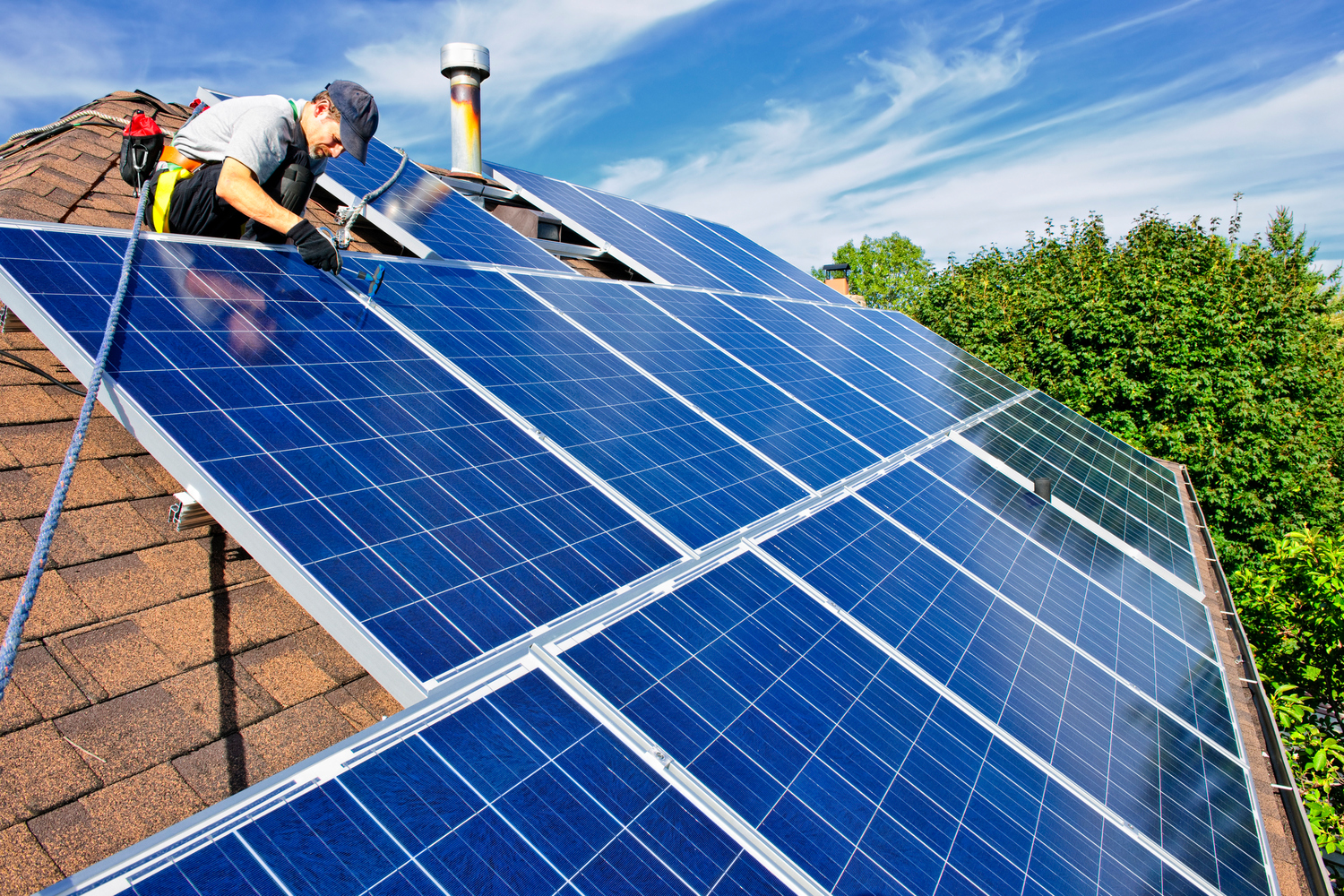
Energy
Essential energy use in our homes, businesses, and critical infrastructure is responsible for 70% of our community’s greenhouse gas (GHG) emissions. As our energy demand grows, the City of Columbia is committed to an equitable transition to more renewable sources while ensuring our community’s resilience.
The Climate Action and Adaptation Plan (CAAP) identifies two key energy sector goals:
- Increase the generation and use of renewable energy sources, including on-site solar and energy storage.
- Improve energy efficiency and demand management (how and when customers use energy).
Energy
Be Part of the Solution!
Your actions can make a big difference in Columbia's clean energy future!
Renewable Energy Goals
Adaptation Measures in Action!
Columbia Water & Light's agreement with the Truman Solar facility has eliminated the need to burn approximately 9,000 tons of coal annually.
Truman Solar facility:
- Consists of 35,019 solar panels over 90 acres
- Produces over 22,000 MWh annually
- Eliminates the need to burn 9,000 tons of coal annually (equivalent of removing 3,500 passenger vehicles from the road!)
The agreement will contribute to Water & Light's progress renewable energy goals supported by the Climate Action and Adaptation Plan.
Watch the video covering the Truman Solar Farm.
Renewable Energy
Renewable Energy Strategies and Actions
Columbia’s CAAP identifies several strategies for achieving our Renewable Energy goals, including:
- Revisiting and adjusting Columbia’s Renewable Energy Ordinance
- Expanding incentives for Renewable Energy installation
- Offering a community solar program option
Learn more about them here.
Local Energy Resilience
Energy Resilience
Increasing grid resilience helps support the City’s energy supply in times of natural disaster and peak energy demand. For example, distributed energy storage can help smooth out the peaks and valleys of wind and solar energy and improve community capacity to maintain electricity with regional outages. Additionally, behavior change can help the utility manage peak demand during the hottest parts of the summer. Reducing peak demand helps the utility and ratepayers save money and prevent outages.
